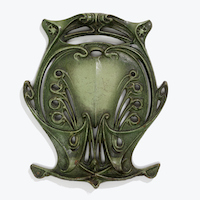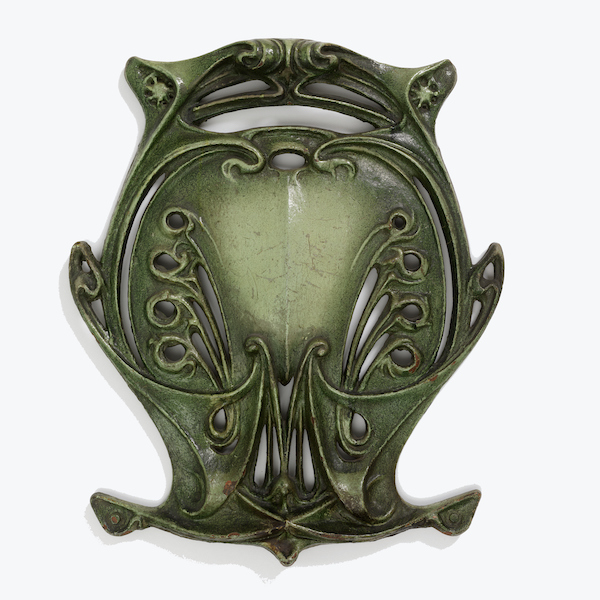
NEW YORK – Until May 21, 2023, Cooper-Hewitt is presenting the exhibit Hector Guimard: How Paris Got Its Curves.
Co-organized by Cooper Hewitt and the Richard H. Driehaus Museum, Chicago, this exhibition invites a new understanding of France’s most famous Art Nouveau architect, Hector Guimard (1867–1942). Bringing together nearly 100 objects from public and private collections worldwide, the exhibition will provide urban and historical context for the full range of Guimard’s design work.
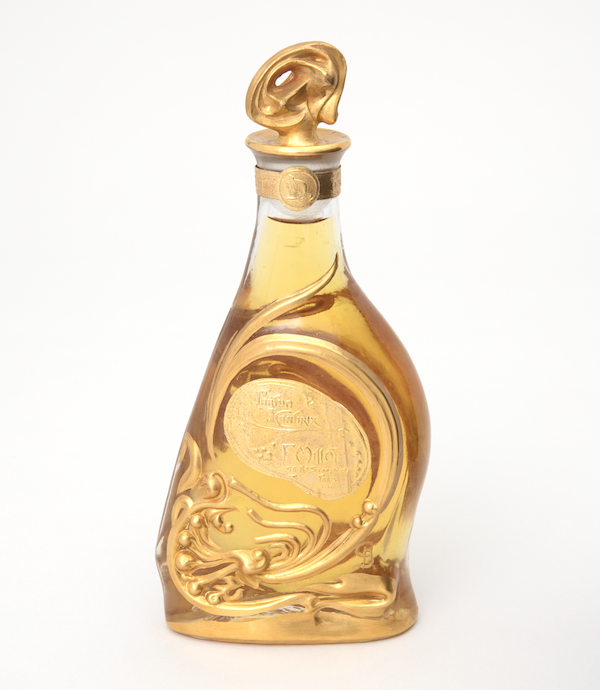
Kantirix perfume bottle, 1899; designed by Hector Guimard (French, 1867–1942); produced by F. Millot (Paris, France). Glass, gold; 19.7 by 9 by 5cm (7 3/4 by 3 1/2 by 2 1/2in.). Christie Mayer Lefkowith collection, New York; Photo: Matt Flynn © Smithsonian Institution
Guimard is perhaps best known for designing the entrances to the Paris Metro stations and private residences such as Castel Beranger. Based in the repeated use of organically curved, undulating lines, these ornate designs anchored his efforts to create an eponymous brand he called Style Guimard. Lesser known are his more pared-down designs for several standardized housing projects from the 1920s, attesting to his socialist and pacificist leanings. Though seemingly opposite in appearance, these later projects were also critical components of the Guimard style.
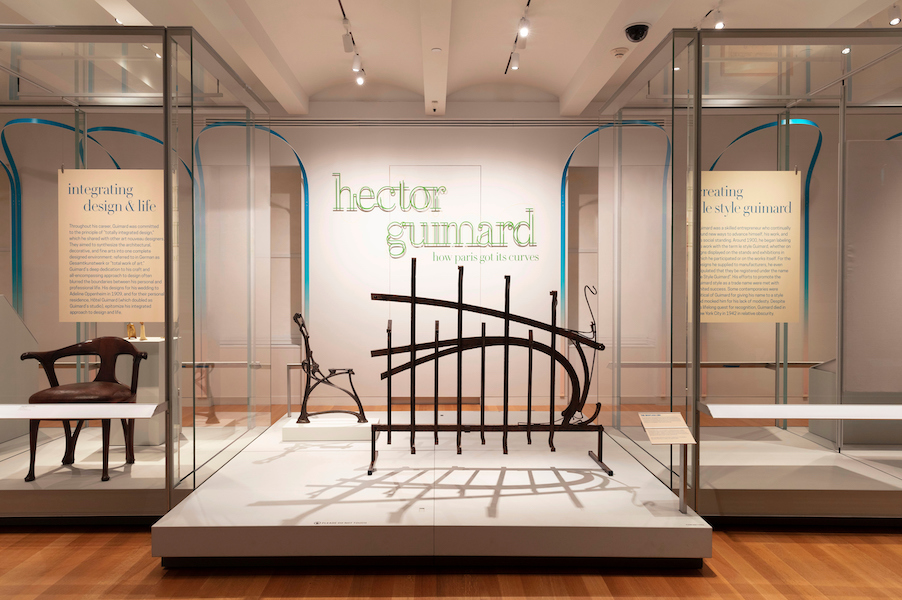
Following its debut at Cooper Hewitt, the exhibition will travel to the Driehaus Museum, where it will be on view from June 22, 2023, through Jan. 7, 2024.
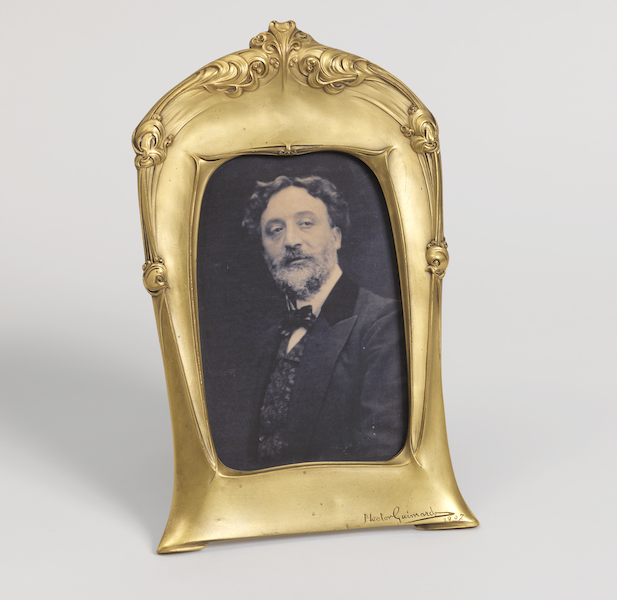
At Cooper Hewitt, Hector Guimard: How Paris Got Its Curves was curated by Yao-Fen You, senior curator and head of product design and decorative arts, with Andrea Lacalamita, curatorial fellow, and support from Phoebe Boosalis Moore and Alisa Chiles.
Exhibition design and graphic design by Studio Joseph.
Visit the website of the Cooper Hewitt and see its dedicated page for Hector Guimard: How Paris Got Its Curves.


